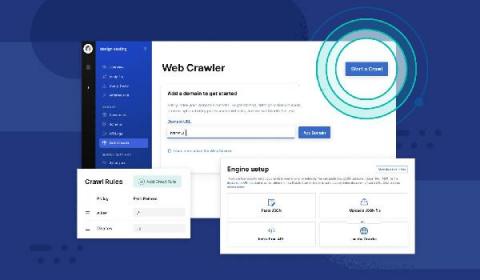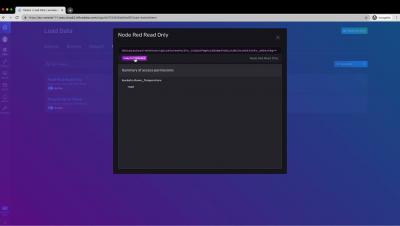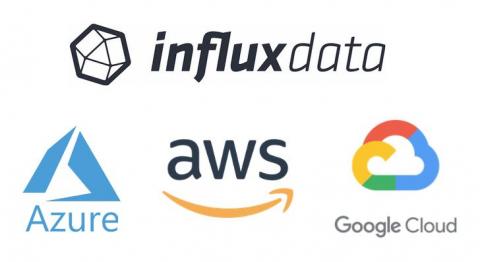Operations | Monitoring | ITSM | DevOps | Cloud
Analytics
Splunk Machine Learning Environments (SMLE) Labs Beta Demo
How to troubleshoot the Elastic App Search web crawler
In case you hadn’t heard, we recently released a brand new web crawler for Elastic App Search. The web crawler provides a simple way to ingest publicly available web content and make that content instantly searchable on your website. Configuring the web crawler to start ingesting data from your website is super easy — it’s just a matter of a few clicks. This sounds great, but what if after crawling there are no pages being indexed or you feel some pages are missing?
The Data-Driven IT Operations Organization
Data analytics has always been the foundation to drive actions for IT operations--supporting capacity planning, resource optimization, workload rebalancing, cost projections, and security predictions. But now, there are new demands on IT operations to deliver inclusive data intelligence for managers across IT and the business.
Getting Started with Elastic Maps Server (Beta)
How to Take Data Stored in InfluxDB Cloud 2 and Use It in a "Switch" Node within Node-Red
How InfluxDB Works with IoT Data
Over the past few years, the IoT community has embraced InfluxDB as a cornerstone of the solutions they build. Whether modernizing or greenfield, InfluxDB has helped many in working with vast quantities of sensor and device data as we continue to deliver on our promise of time to awesome for IoT.
Time-based scaling of Enterprise Search on Elastic Cloud
Does your Elastic Enterprise Search Cloud deployment follow a predictable usage pattern? You can automatically scale up and down your deployment on a schedule to achieve optimal performance and reduce operating costs. In this article we show you how to use the Elastic Cloud API to change how many Enterprise Search nodes you’re running. We call these APIs from a cron job to achieve hands-free, time-triggered autoscaling.
Discover in Kibana uses the fields API in 7.12
With Elastic 7.12, Discover now uses the fields API by default. Reading from _source is still supported through a switch in the Advanced Settings. This change stems from updates made to Elasticsearch in 7.11 with the extension of the Search API to include the new fields parameter. When using the new search parameter, both a document’s raw source and the index mappings to load and return values are used.
Getting Started with Elastic Cloud: A FedRAMP Authorized Service
Elastic Cloud is available for US government users and partners who want to harness the power of enterprise search, observability, and security to make mission-critical decisions. Elastic Cloud is FedRAMP authorized at Moderate Impact level so federal organizations and other customers in highly regulated environments can quickly and easily search their applications, data, and infrastructure for information, analyze data to observe insights, and protect their technology investment.











